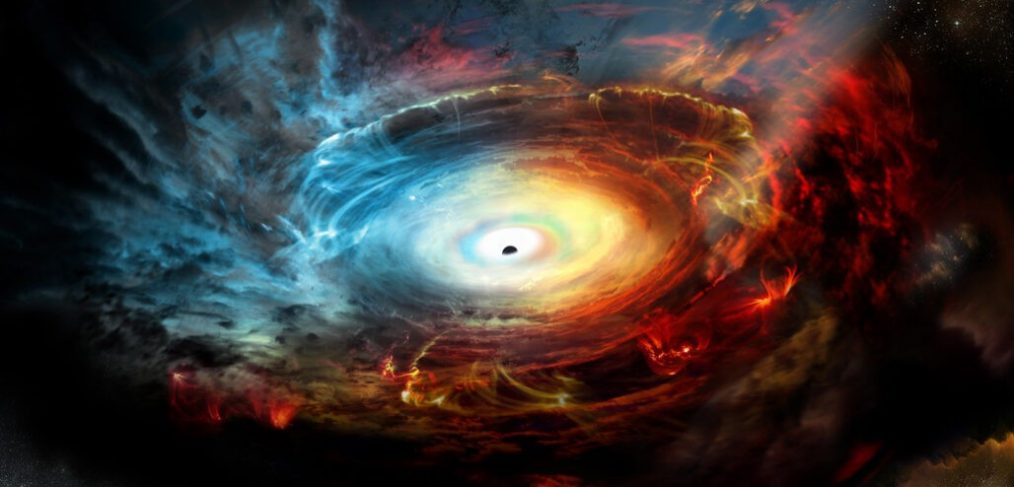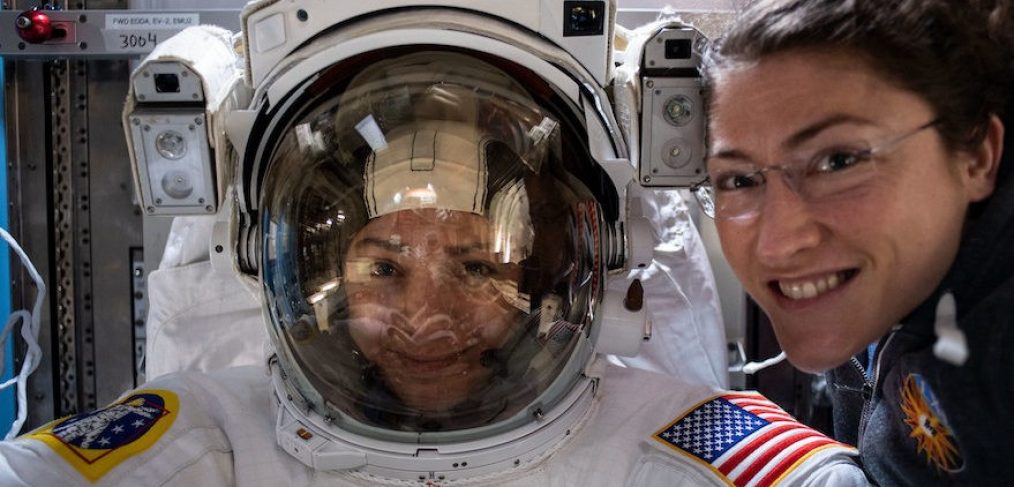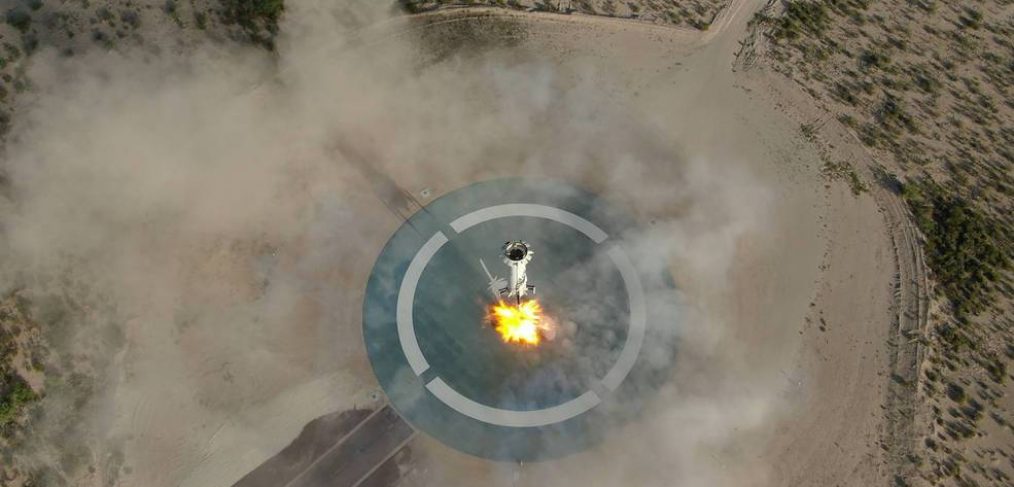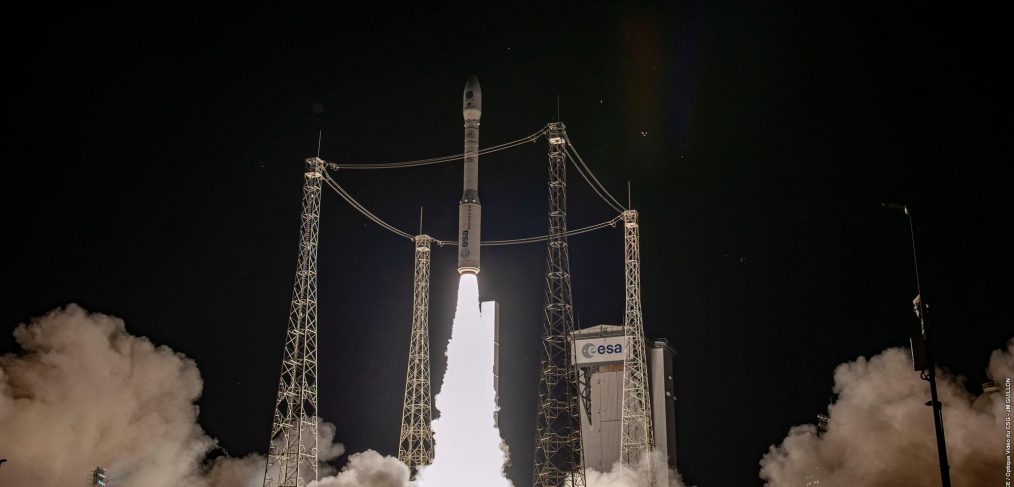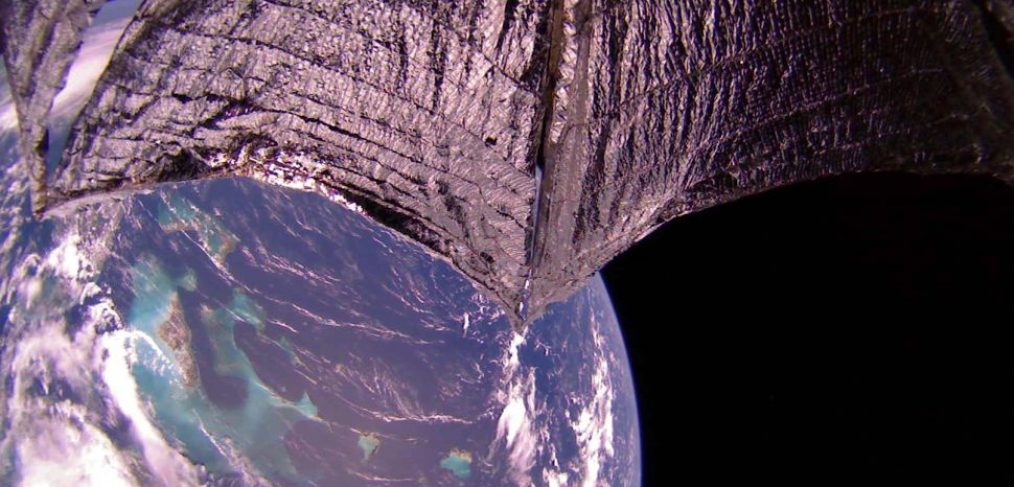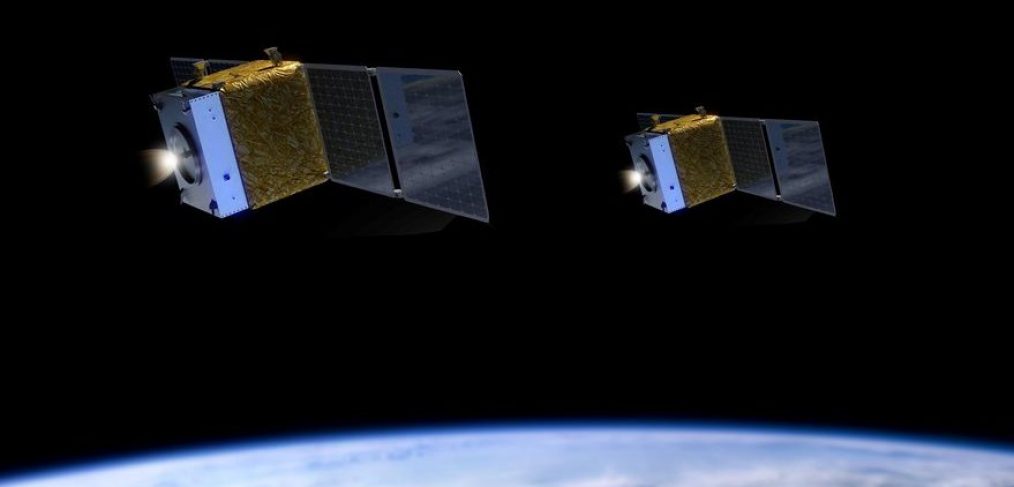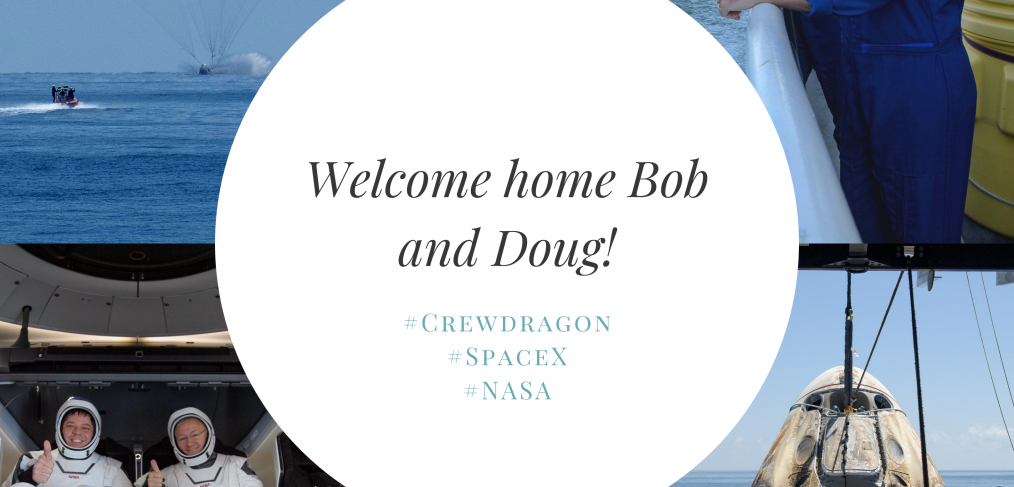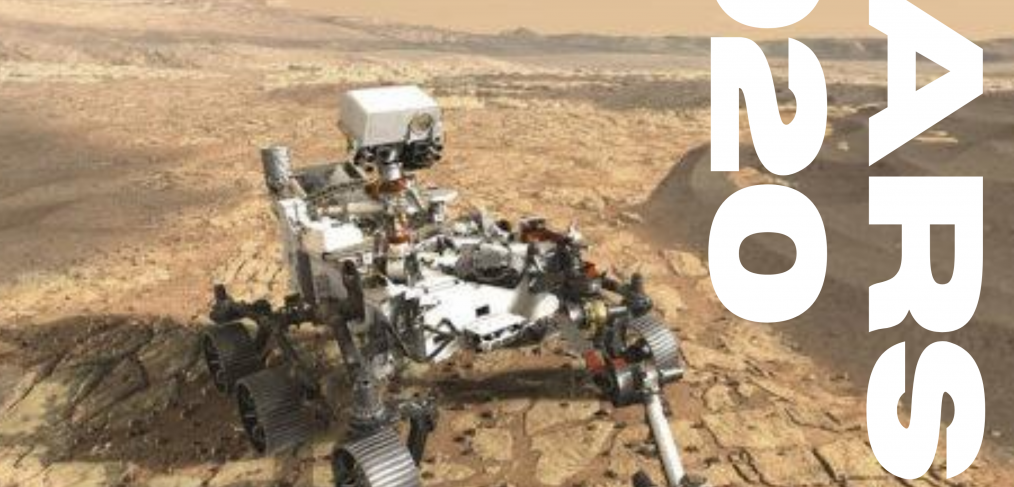Corey Gray and Sharon Yellowfly want to bring gravitational wave astronomy to speakers of the language.
WHENEVER HER SON DETECTS A strange force rippling in the fabric of spacetime, such as a gravitational wave or binary black hole, Sharon Yellowfly begins the delicate work of translating the vocabulary of his work—astrophysics—into Blackfoot, an indigenous language. Blackfoot traditionally has no words for these kinds of observations. Sometimes her act of translation is as simple as mashing two words together. Other times, it rises to the level of poetry. After hearing an astronomer describe the sound black holes make as a “chirp,” Yellowfly translated the term into biixiini_gi, or “bird singing.”
Read the full article, authored by Sabrina Imbler.



